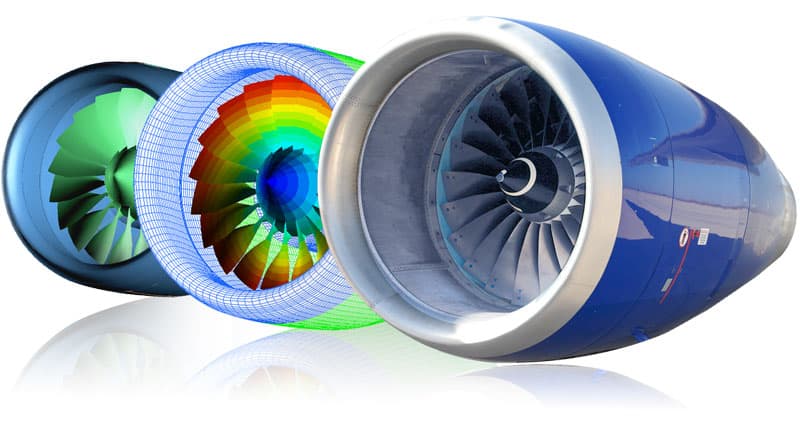Military Defense Modeling and Simulation Consulting
Engineers are tasked with increasing the operational capacity and efficiency of assets used for both training and mission-related purposes.
Within the aerospace and defense industry there is the constant battle between engineering innovations and budget.
Ansys simulation software is employed by government agencies, military, and defense organizations around the world to better plan policies, processes, and operations.
With Ansys’ proprietary technology, defense systems can be developed, tested, and optimized with proprietary military defense modeling and simulation, prior to implementation.
Military Ansys simulation applications:
- Performance-based logistics
- Maintenance scheduling
- Supply chain design and optimization
- Operations and evacuating planning, civil defense modeling

Speak to an Expert
Simulation in Military and Defense | FAQs
While much information is confidential in terms of development and current capabilities, global militaries employ a variety of applications that require new and emerging technologies such as simulation.
Utility and applications include:
- Simulation & objective-based trainings or “what if” scenarios for officers
- Rehearsing for military operations, and determining the accuracy and efficiency of current protocols
- Conducting dynamic (continuously updating) evaluations and analysis of the efficacy of war activities
EADSIM (Extended Air Defense Simulation), in short, is an full-scale simulation of air, space and missile warfare at the system level.
The term and practice was developed by the U.S. Army Space Missile Defense Command Space along with the Missile Defense Center of Excellence’s Capability Development Integration Directorate, in 1989.
One of simulations greatest benefits is scalability. Simulators allow a vast amount of people to be trained simultaneously in one room (or even nowadays, remotely) without abandoning the quality of learning.
Simulation-based instructions also reduces the costs associated with running hi-tech vehicles, operating weapons and the corresponding waste of ammunition/supplies, and maintaining or depending on an environment suitable for testing, all of which make simulation a remarkably cost-effective solution for armed forces and military’s worldwide.
An MAW (missile approach warning system) is an embedded part or component within the avionics package on most modern military aircraft.
A sensor discerns attacking missiles, and is trigged once a variable or variables pre-programmed have been met.
The automatic warning prompts the pilot to make a defensive maneuver and deploy the available countermeasures to disrupt enemy missile tracking.
Multiple Independently-targetable Reentry Vehicles or MIRVs were originally developed at the onset of the 1960s to allow a missile to deliver multiple nuclear warheads to alternate targets.
The USA was the premier country to develop MIRV technology in 1971. The Soviet Union (now, Russian Federation) quickly caught on and by the end of the 1970s had created their own MIRV-enabled technology.
Presently, the US, UK & France employ both MIRVed ICBMs and SLBMs. Engagement of MIRVs on submarines and underwater vessels is considered less destabilizing than on land-based missiles as the complexity of locating nuclear submarines makes enemy attacks against such vessels improbable.

